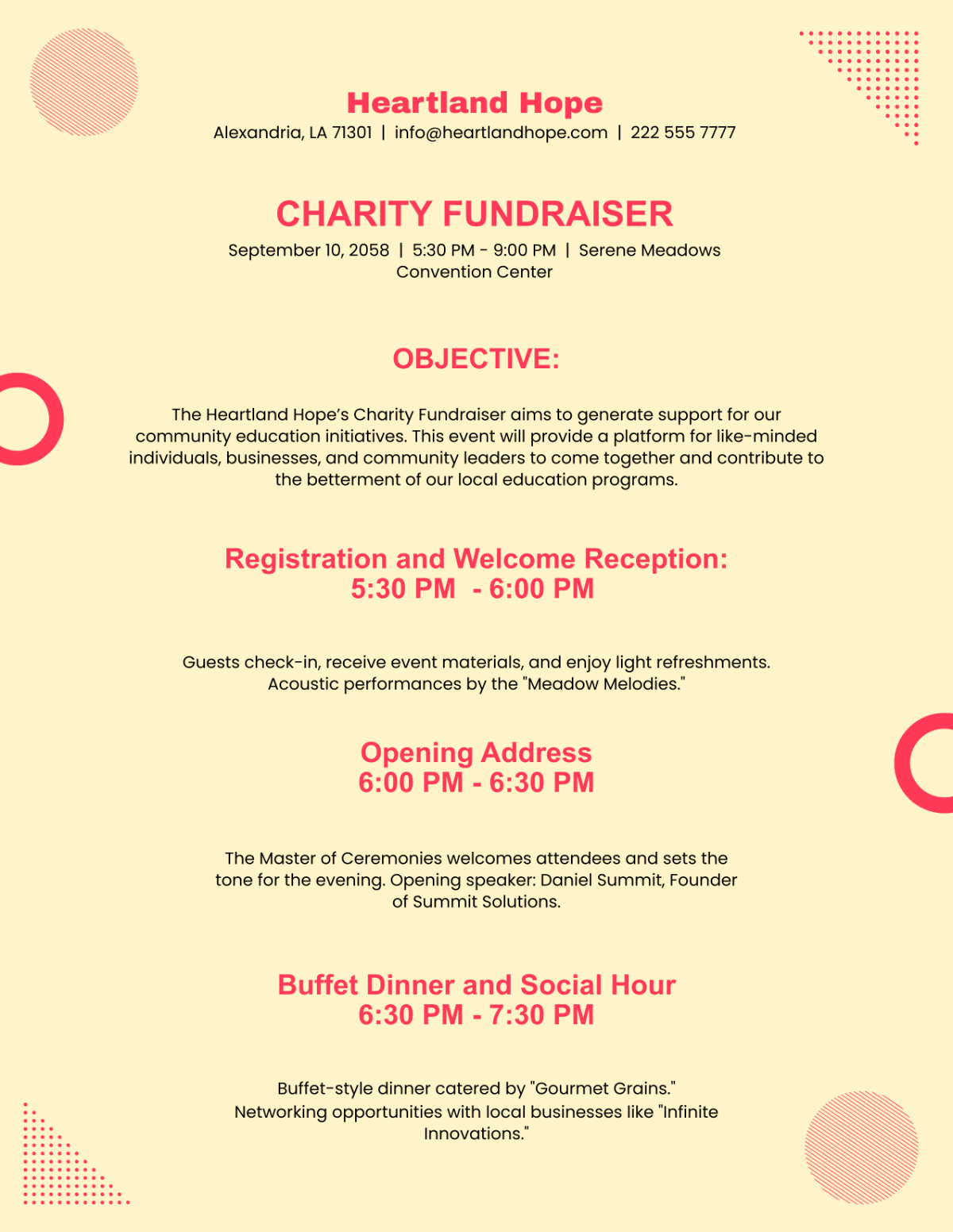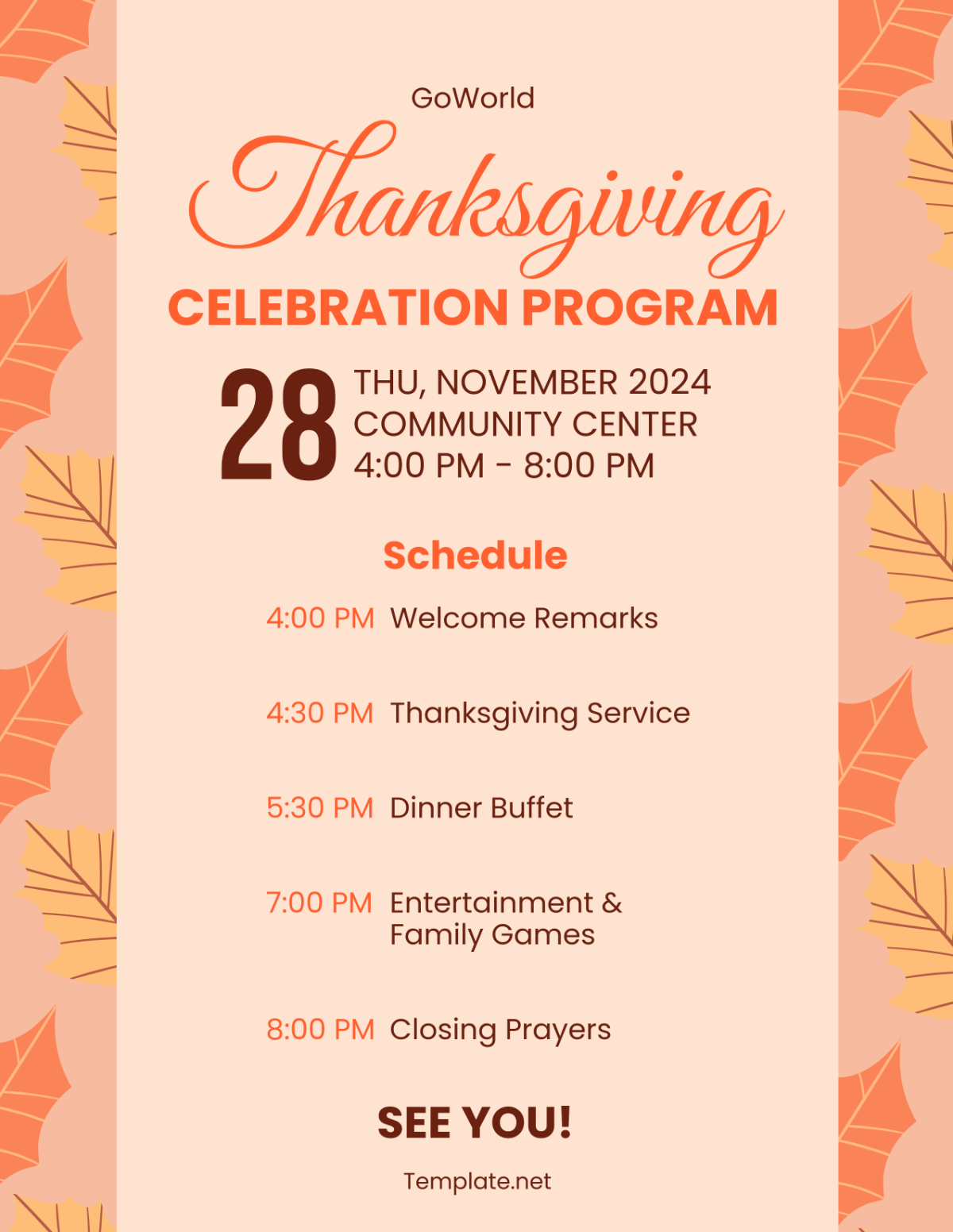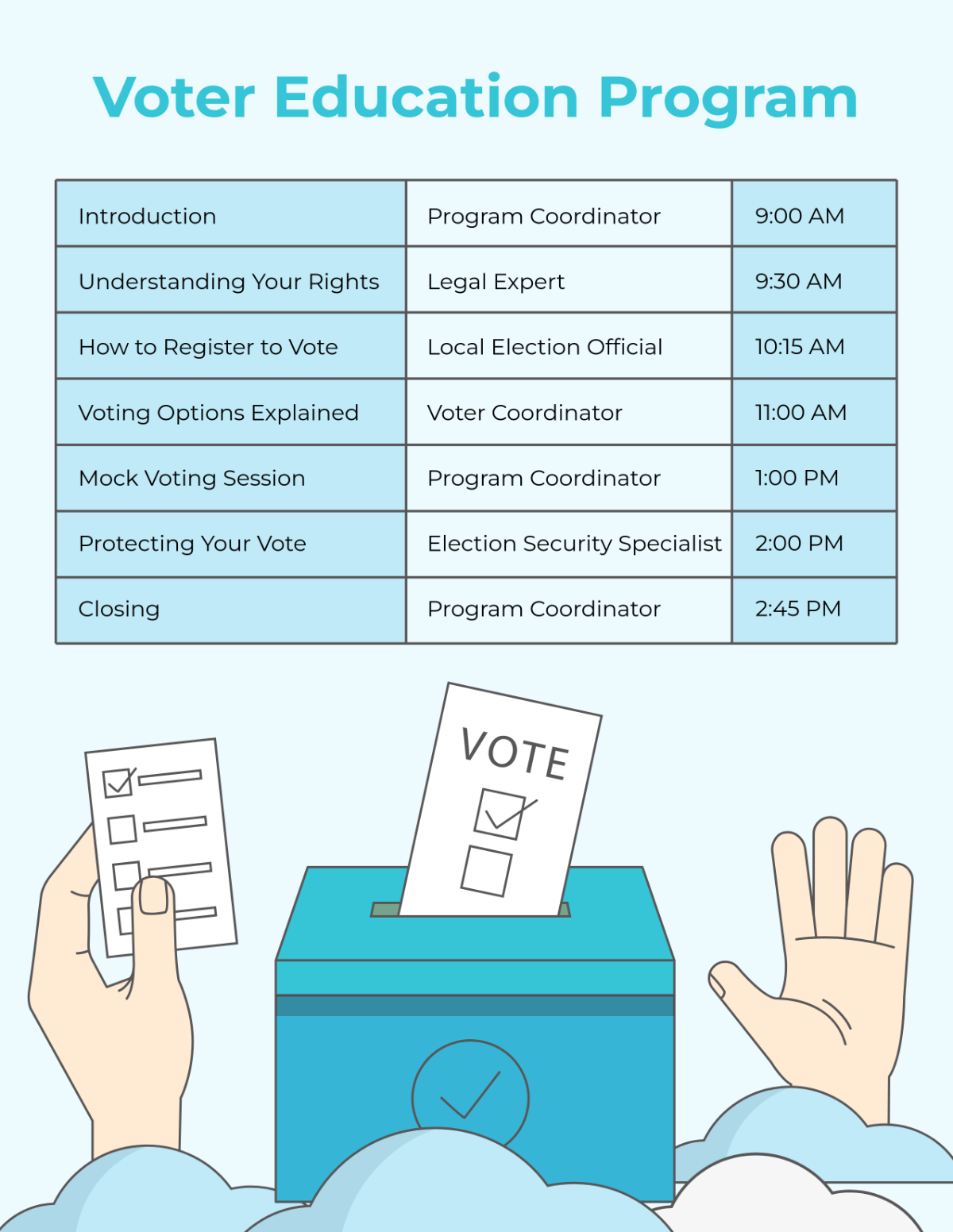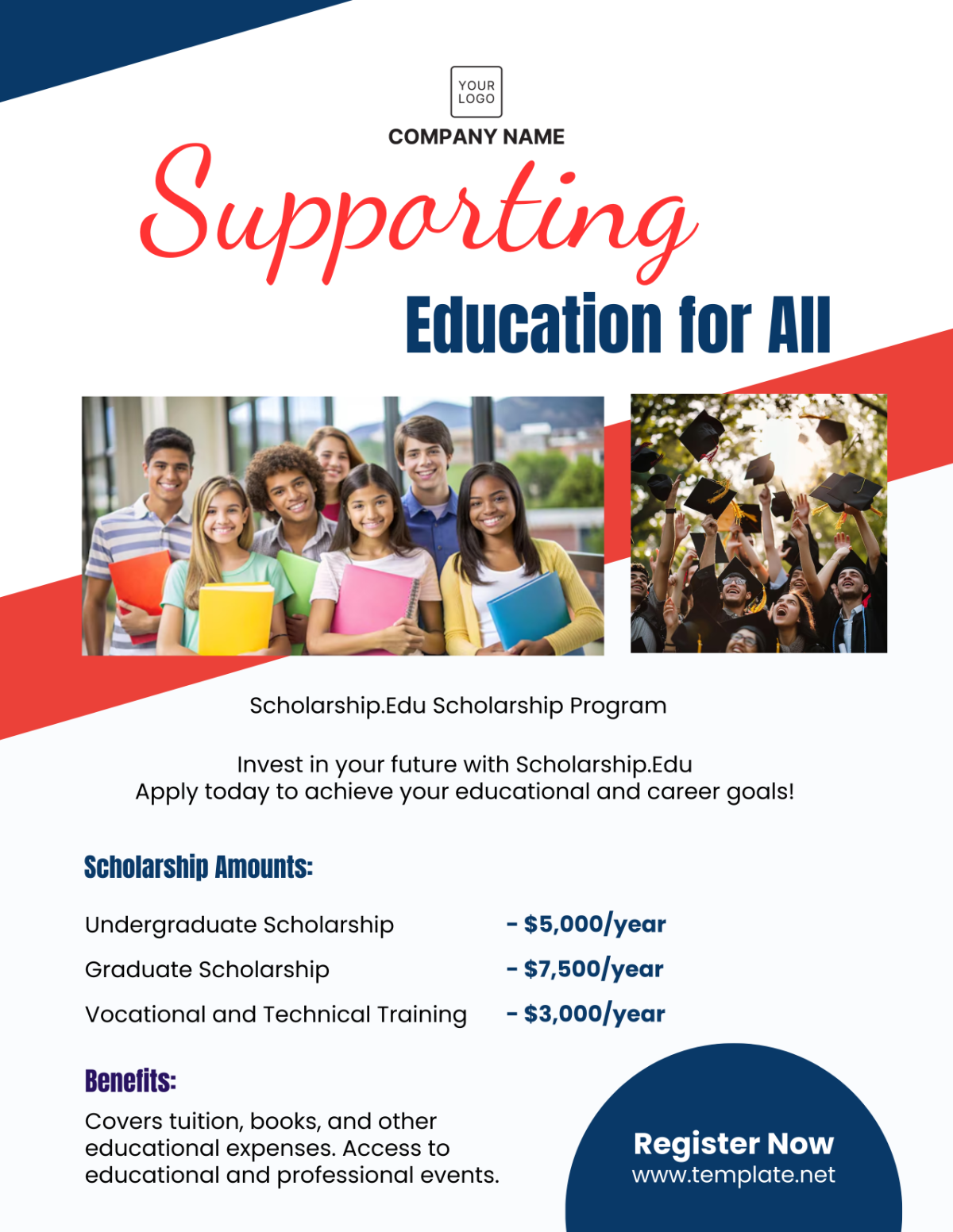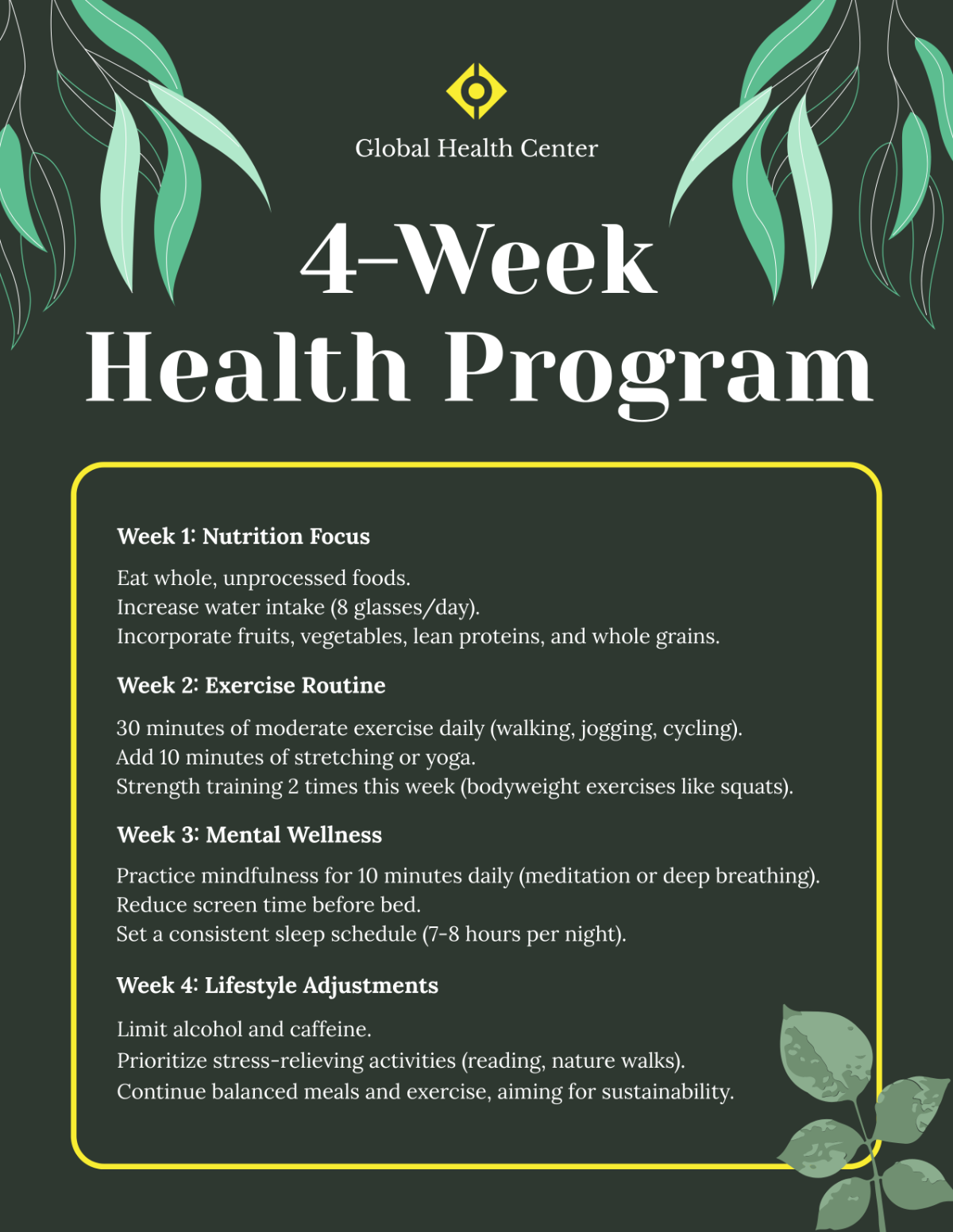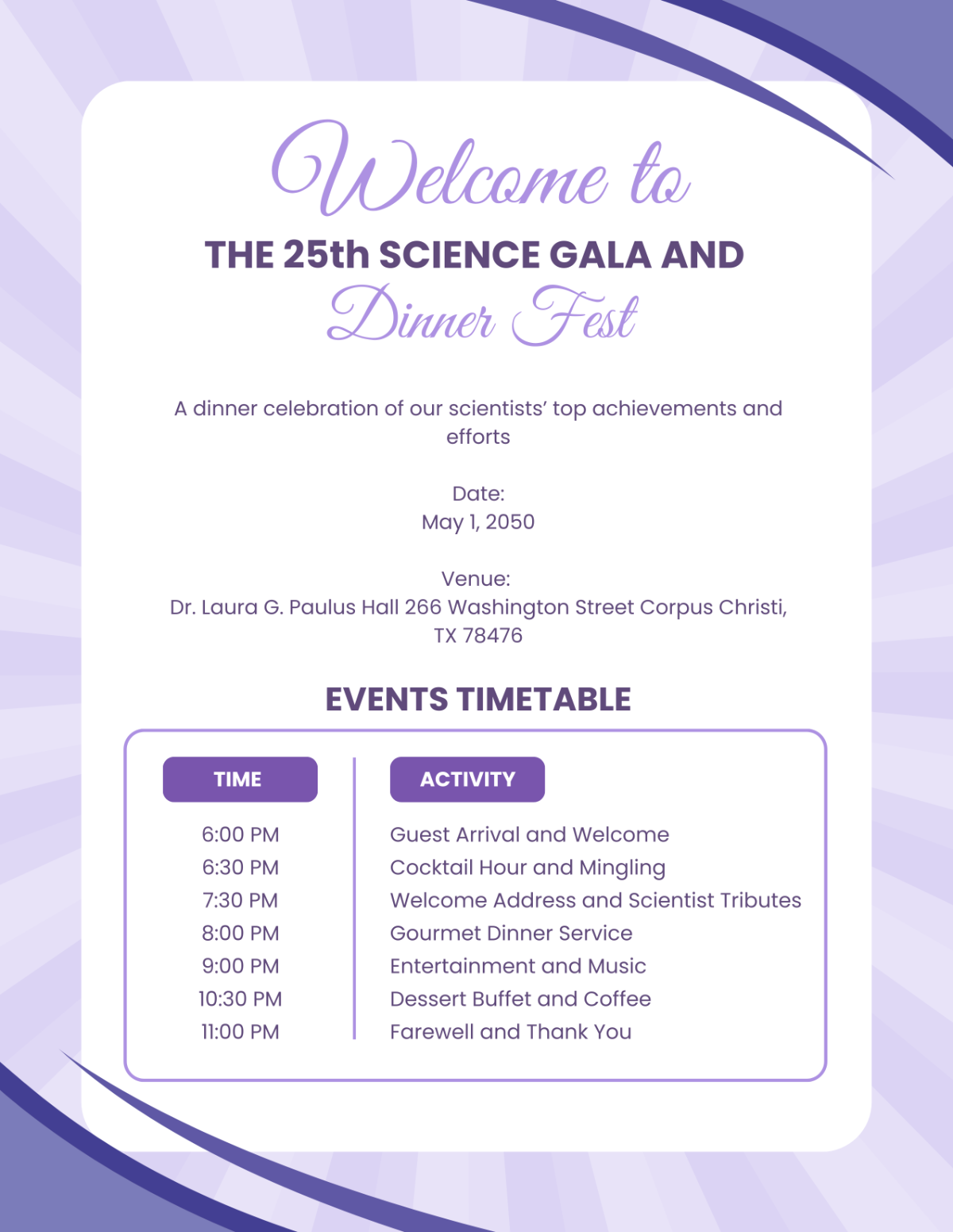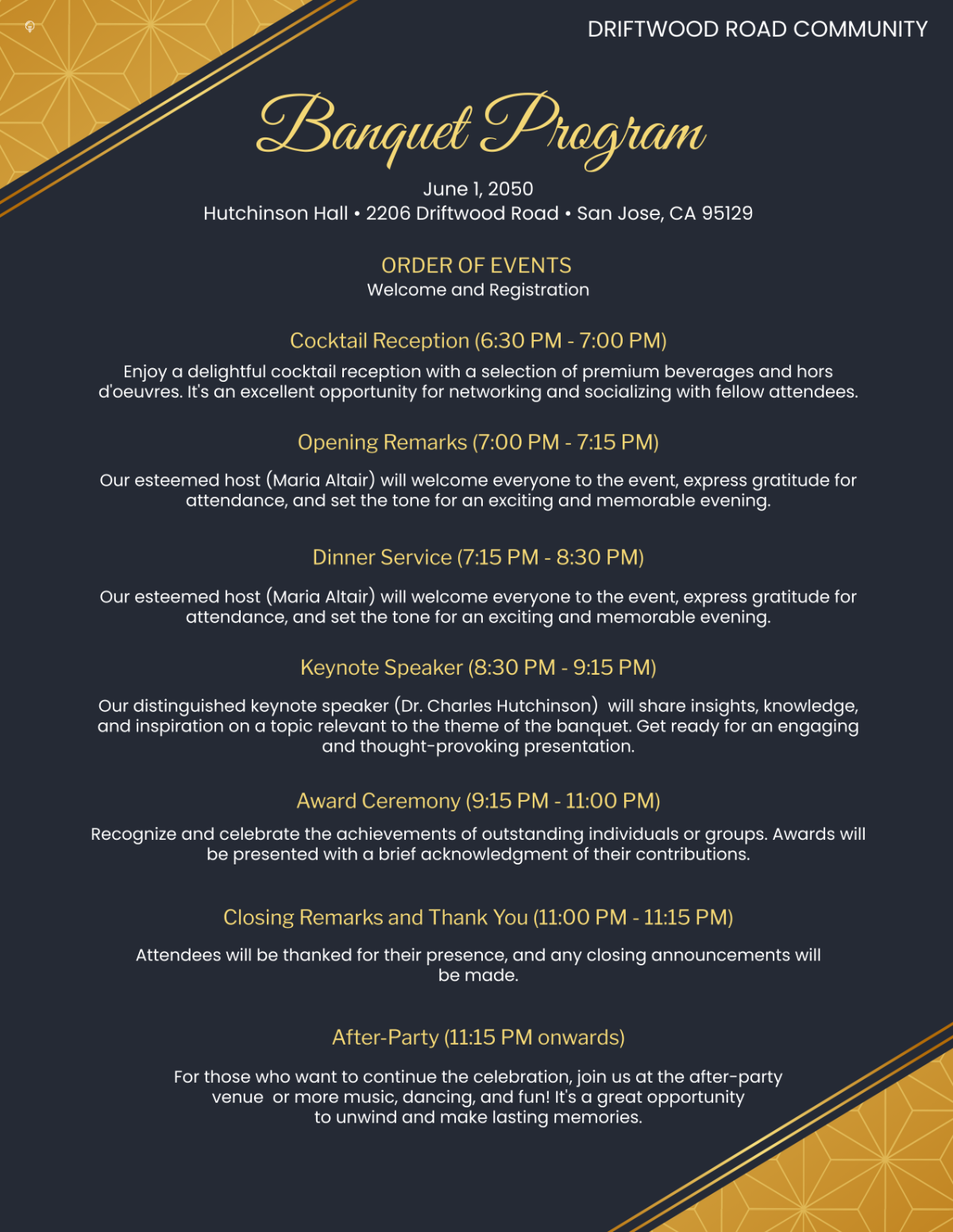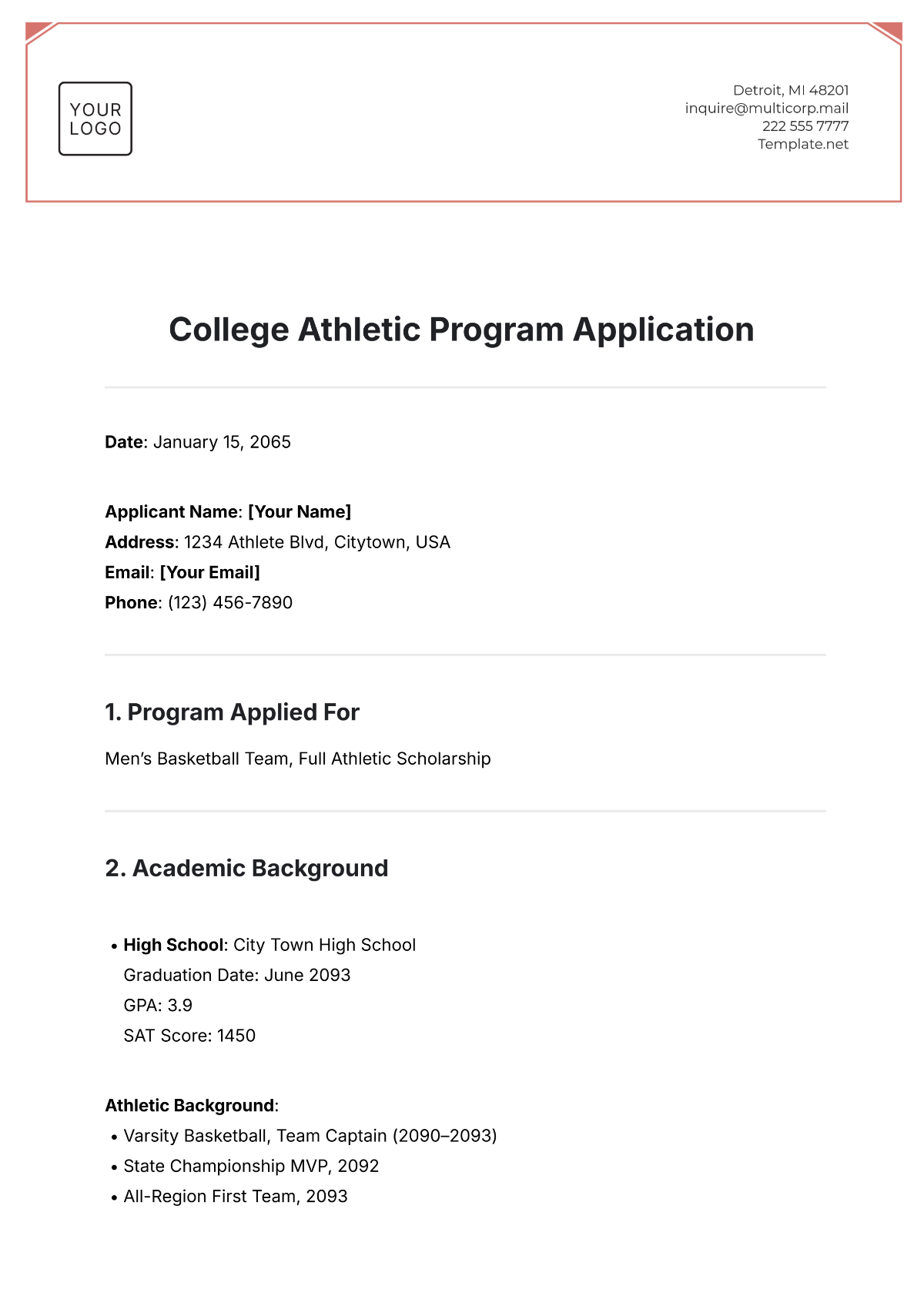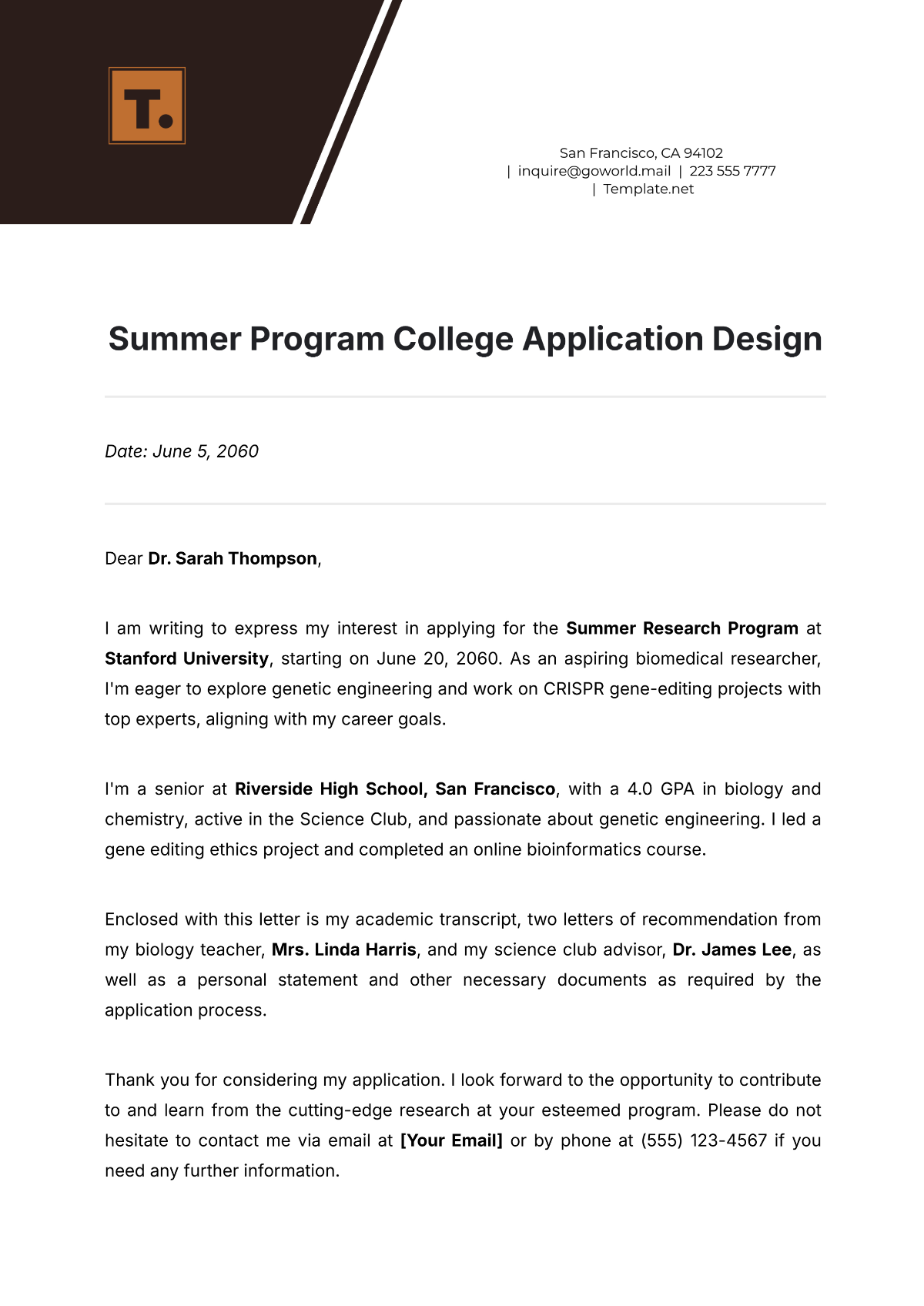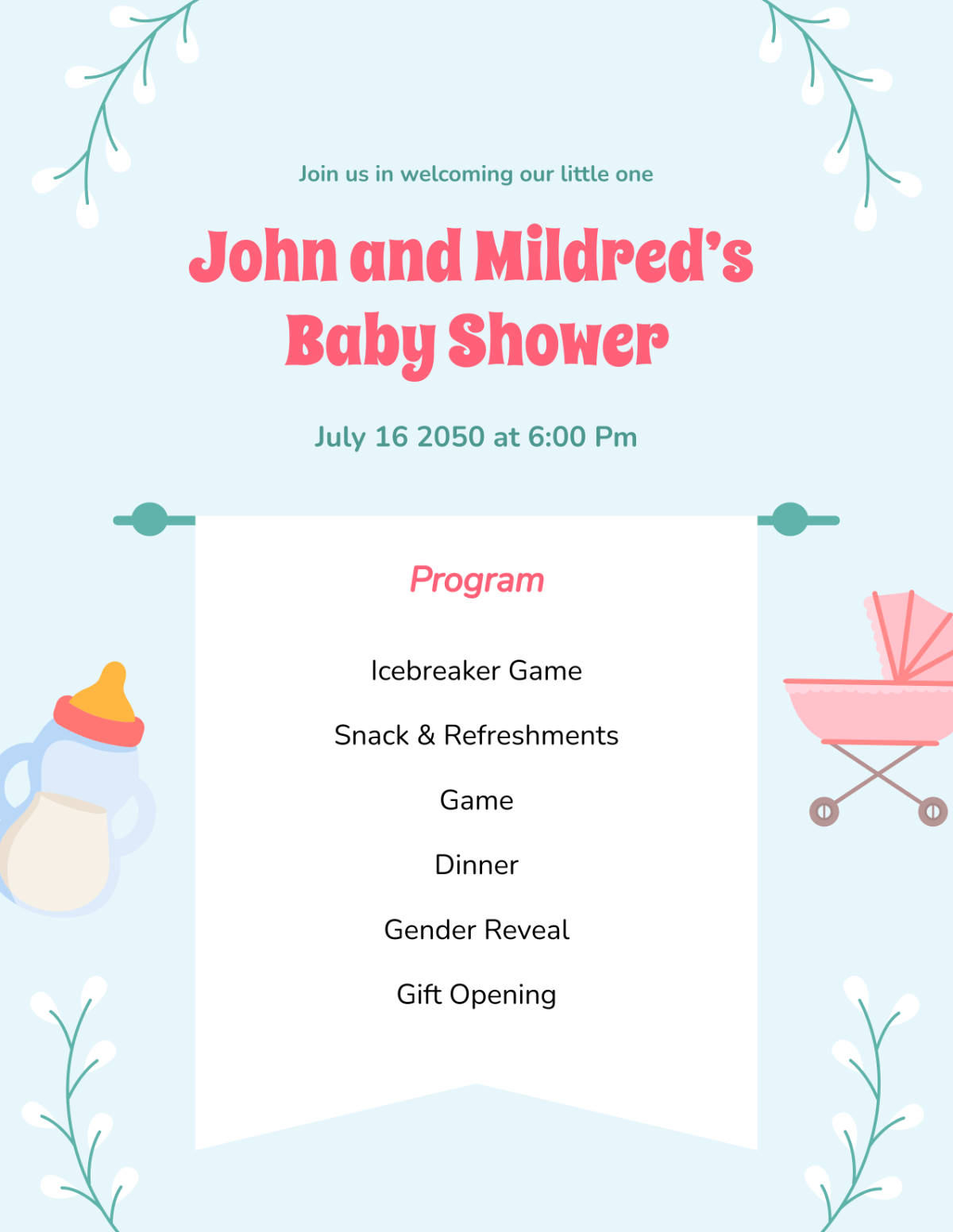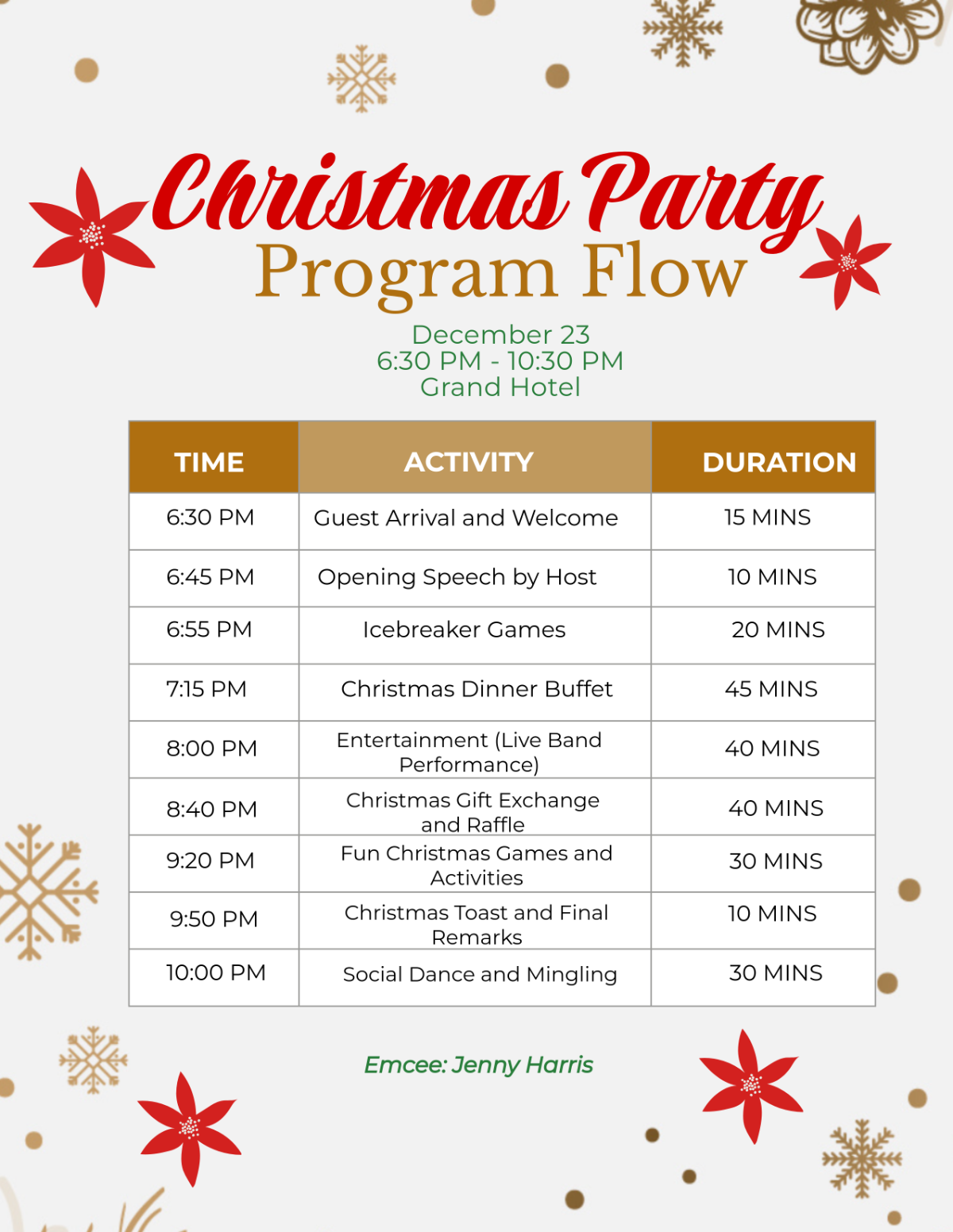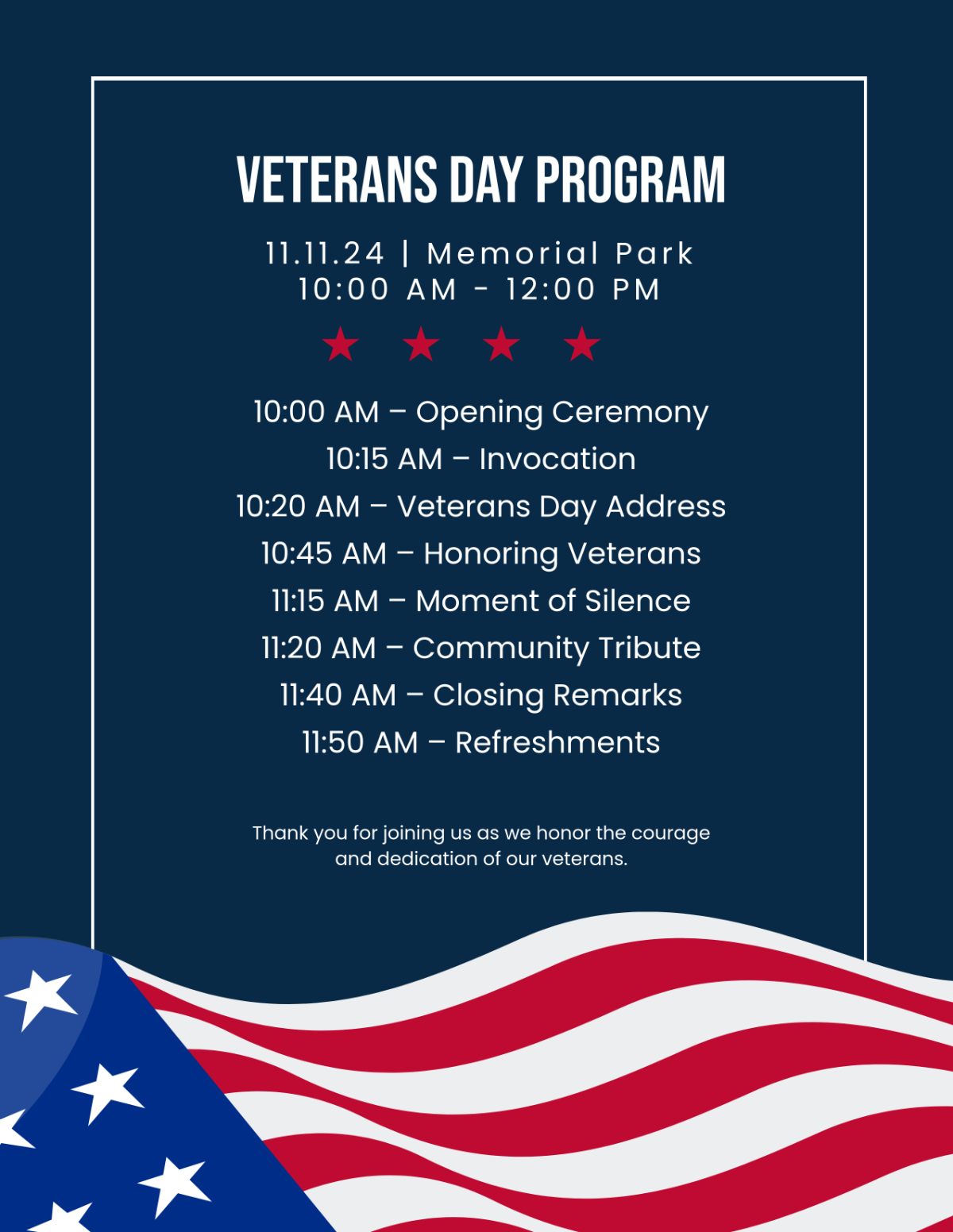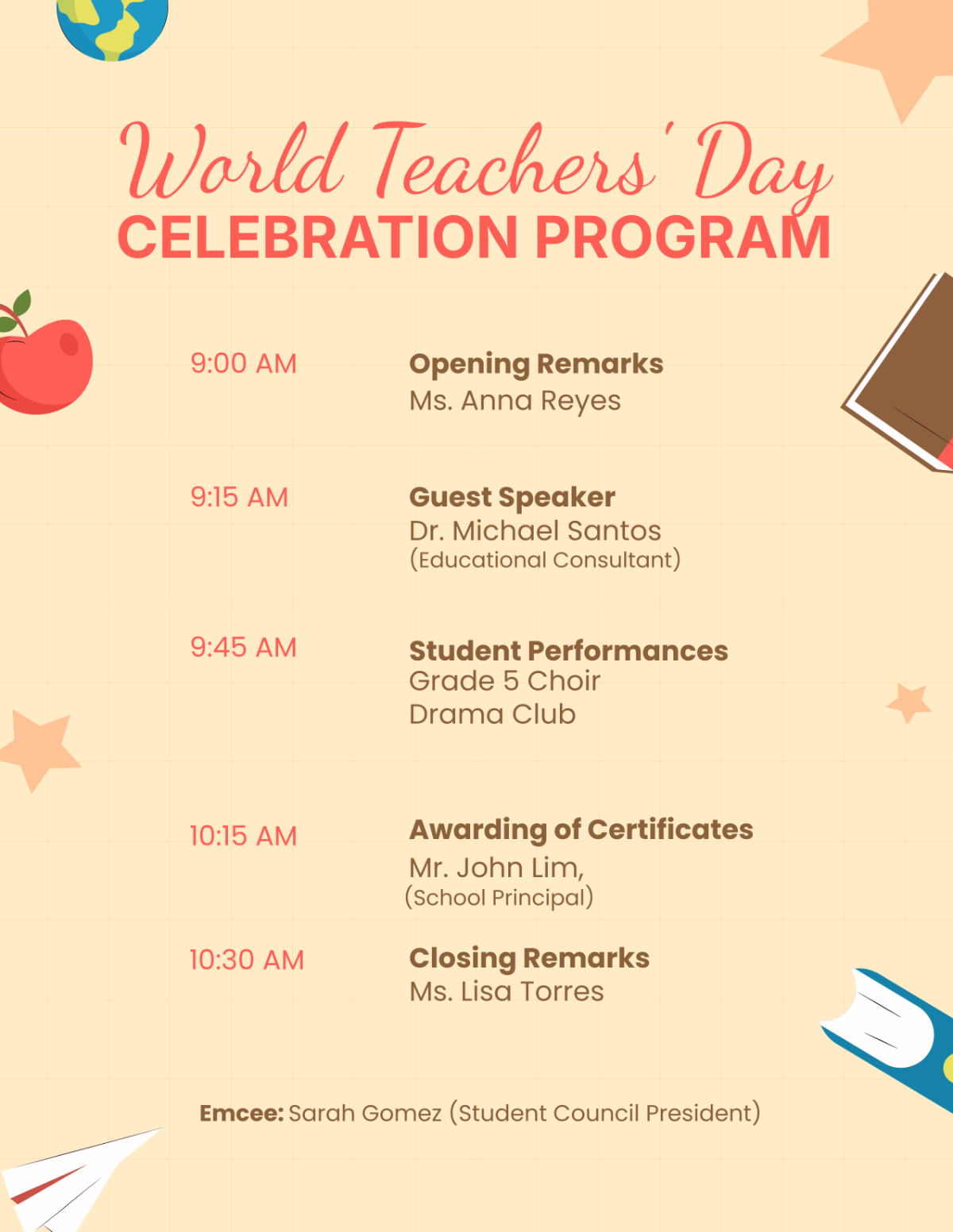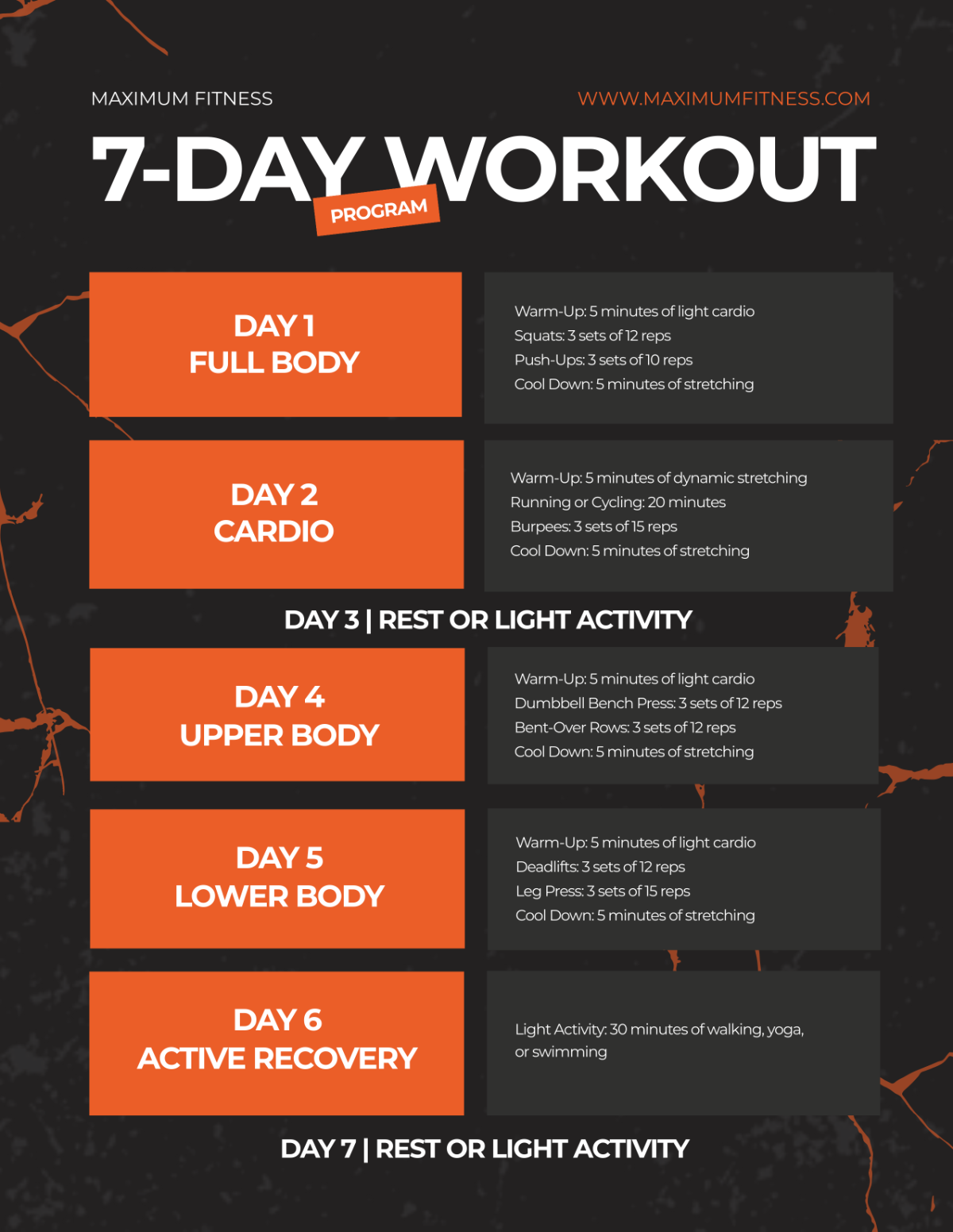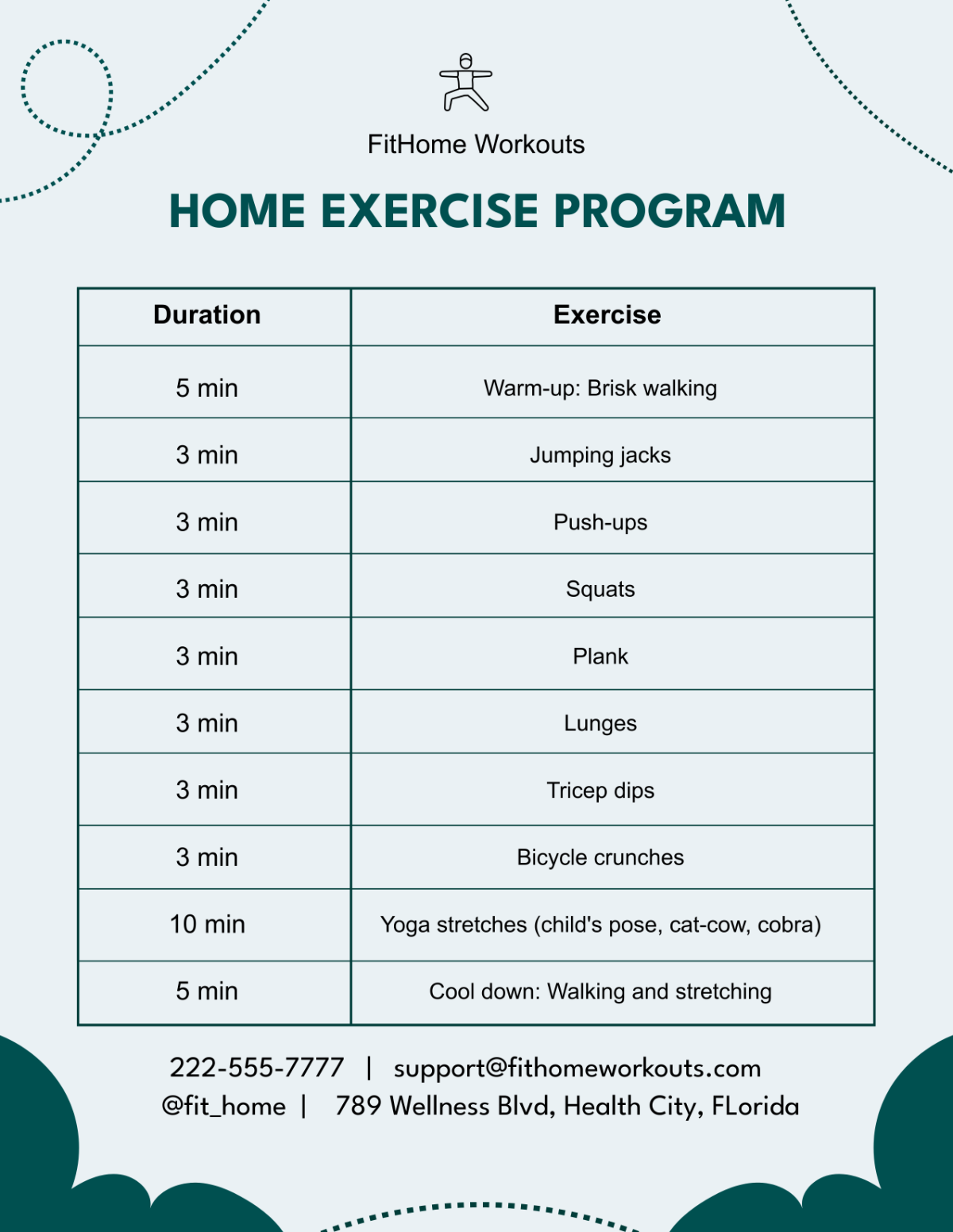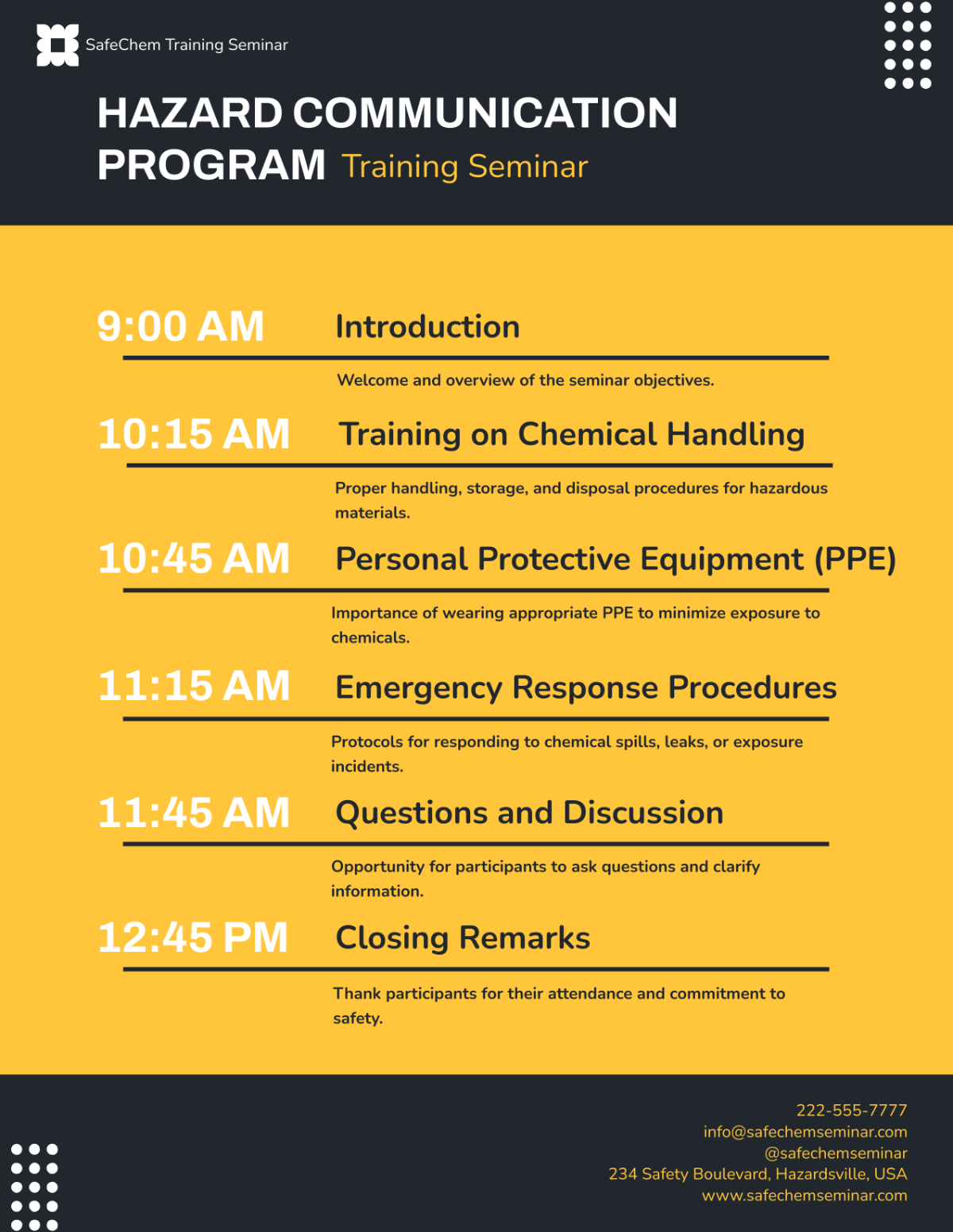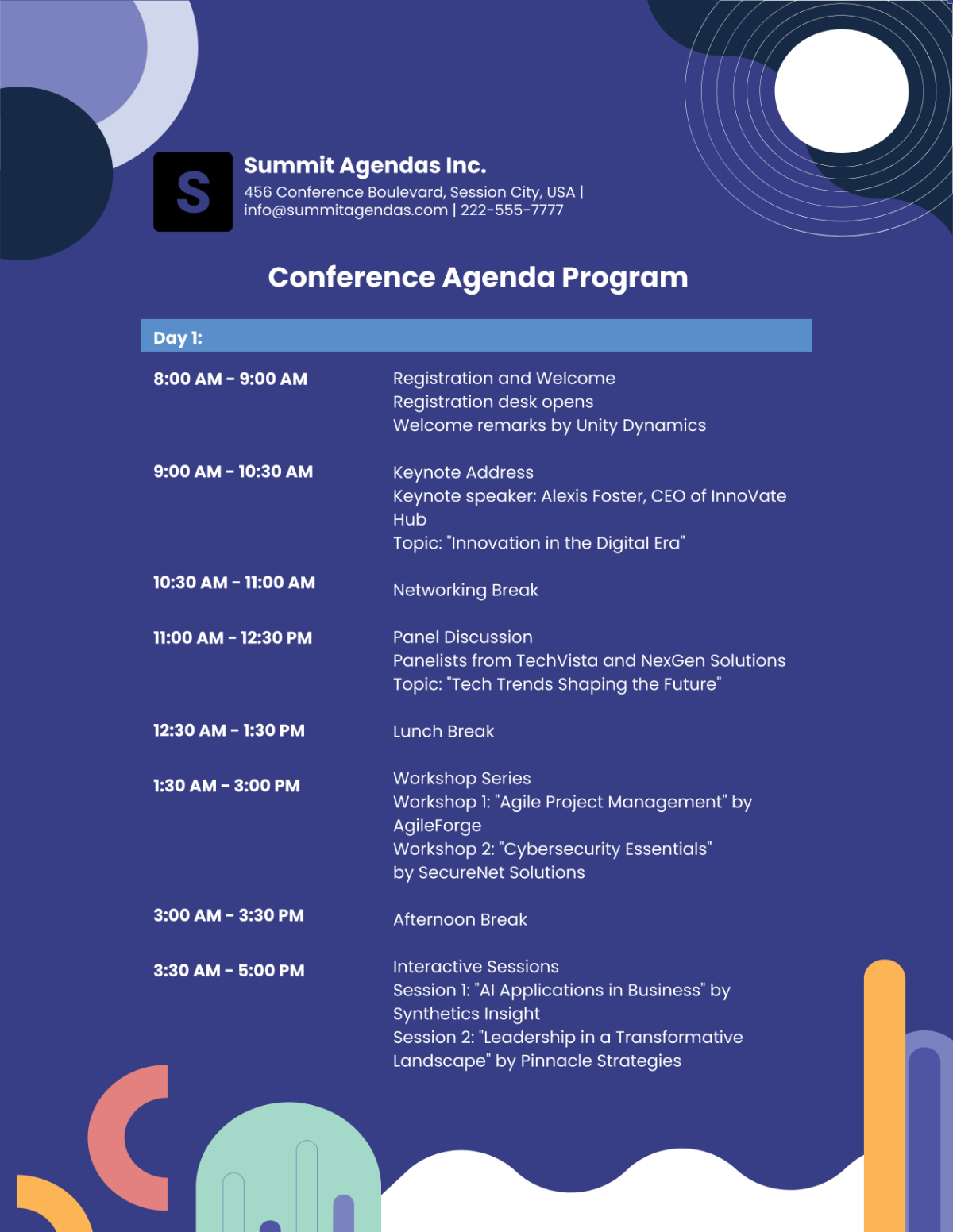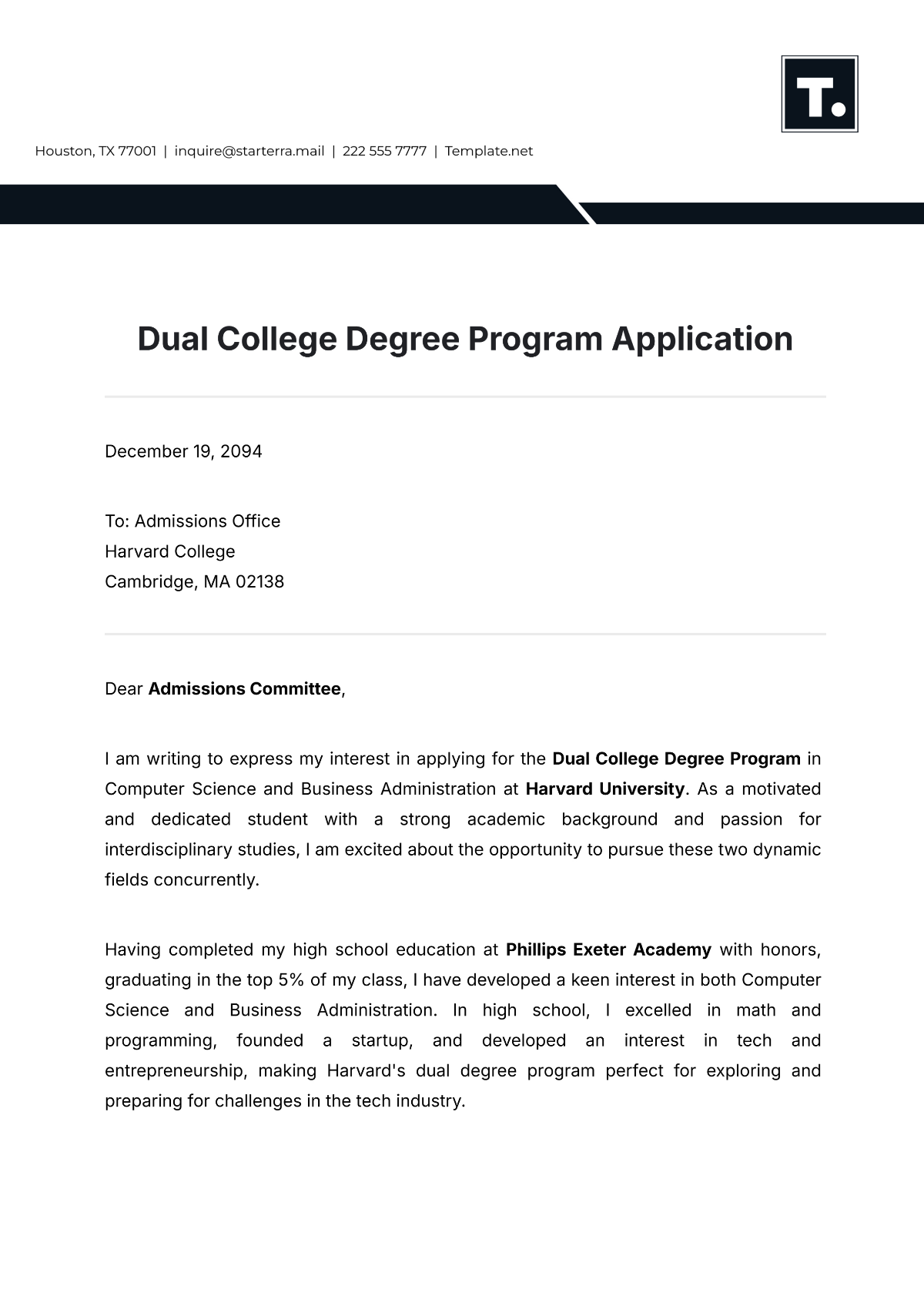Operations Staff Motivation Program Manual
I. Introduction
The Operations Staff Motivation Program Manual outlines the framework and strategies for enhancing employee motivation within [Your Company Name]. Motivated employees are crucial for the success of any organization, and this manual aims to provide a structured approach to foster a positive work environment where employees feel valued and engaged.
II. Purpose of the Staff Motivation Program
The primary purpose of the Staff Motivation Program of [Your Company Name] is to boost employee morale, productivity, and job satisfaction. By implementing various motivational initiatives and recognizing the efforts of employees, the program aims to create a supportive workplace culture that promotes employee well-being and organizational success.
III. Understanding Motivation
Motivation is a complex psychological concept that drives human behavior and performance. In this section, we explore various theories and models to provide a comprehensive understanding of what motivates employees in [Your Company Name]'s workplace setting.
Maslow's Hierarchy of Needs: Maslow's theory suggests that individuals are motivated by a hierarchical set of needs, starting from basic physiological needs such as food and shelter, to safety, love and belonging, esteem, and self-actualization. Understanding where employees fall within this hierarchy can help tailor motivational strategies to meet their specific needs.
Herzberg's Two-Factor Theory: Herzberg proposed that certain factors in the workplace, such as hygiene factors (e.g., salary, working conditions) and motivators (e.g., recognition, opportunities for growth), influence job satisfaction and motivation differently. According to this theory, addressing hygiene factors can prevent dissatisfaction, while motivators are essential for enhancing job satisfaction and motivation.
Expectancy Theory: Expectancy theory suggests that individuals are motivated to act in a certain way based on the expectation that their actions will lead to desired outcomes. It posits that three factors influence motivation: expectancy (belief that effort will lead to performance), instrumentality (belief that performance will lead to outcomes), and valence (value attached to the outcomes). By understanding these factors, organizations can design reward systems and performance management practices that align with employees' expectations.
Intrinsic vs. Extrinsic Motivation: Motivation can also be categorized as intrinsic (driven by internal factors such as enjoyment, satisfaction, and personal growth) or extrinsic (driven by external rewards such as salary, bonuses, and recognition). While both types of motivation play a role in driving employee behavior, cultivating intrinsic motivation is often associated with higher levels of job satisfaction and engagement.
Social Cognitive Theory: Social cognitive theory emphasizes the role of observational learning, self-efficacy, and goal-setting in motivation. Employees are motivated when they observe others being rewarded for their efforts, believe in their ability to perform tasks (self-efficacy), and set challenging yet attainable goals for themselves.
By understanding these motivation theories and concepts, organizations can develop holistic approaches to employee motivation that address both intrinsic and extrinsic factors, align with individual needs and preferences, and drive performance and engagement in the workplace.
IV. Key Factors Influencing Employee Motivation
Identifying the key factors that influence employee motivation is crucial for developing targeted interventions. In this section, we examine a range of factors that influence employee motivation, including:
Recognition and rewards: Acknowledgment of achievements and provision of incentives play a significant role in motivating employees to perform at their best.
Career advancement opportunities: Employees are motivated when they see clear pathways for growth and development within the organization.
Job autonomy: Allowing employees to make decisions and have control over their work fosters a sense of ownership and motivation.
Work environment: Factors such as organizational culture, leadership style, and workplace relationships can significantly impact employee motivation levels.
Purpose and meaningful work: Employees are motivated when they perceive their work as meaningful and aligned with their values and aspirations.
V. Program Objectives and Goals
The program objectives and goals are outlined as follows:
Increase Employee Engagement: Foster a work environment where employees feel connected to their work, colleagues, and the organization, leading to higher levels of engagement and commitment.
Enhance Job Satisfaction: Create conditions that promote job satisfaction by addressing factors such as workload, job autonomy, recognition, and career development opportunities.
Improve Productivity: Boost employee productivity through motivational initiatives that inspire employees to perform at their best and strive for excellence in their roles.
Reduce Turnover Rates: Implement strategies to decrease employee turnover rates by addressing underlying factors that contribute to dissatisfaction and disengagement.
Promote Team Collaboration: Encourage collaboration and teamwork among employees by fostering a supportive and inclusive work culture that values cooperation and mutual respect.
Support Employee Well-being: Prioritize employee well-being by offering programs and resources that support physical, mental, and emotional health, thereby enhancing overall satisfaction and performance.
Develop Talent Pipeline: Develop a pipeline of talented employees by providing opportunities for skill development, career advancement, and leadership growth within the organization.
Drive Organizational Success: Align employee motivation initiatives with organizational goals and objectives to ensure that individual efforts contribute to the overall success and competitiveness of the company.
VI. Program Components and Initiatives
This section outlines the various components and initiatives that constitute the Staff Motivation Program of [Your Company Name]. These include:
Recognition programs: Implementing formal and informal recognition programs to acknowledge employee contributions and achievements.
Employee development initiatives: Providing opportunities for skill development, career advancement, and personal growth through training programs, workshops, and mentorship.
Wellness initiatives: Promoting employee well-being through wellness programs, health screenings, fitness activities, and stress management resources.
Work-life balance initiatives: Offering flexible work arrangements, remote work options, and support for work-life balance to enhance employee satisfaction and retention.
Communication strategies: Establishing transparent communication channels to keep employees informed, engaged, and connected with organizational goals and initiatives.
VII. Recognition and Rewards Systems
Effective recognition and rewards systems are integral to fostering a culture of appreciation and motivation within [Your Company Name]. In this section, we detail the types of recognition and rewards systems implemented as part of the Staff Motivation Program, including:
Formal recognition programs: Implementing structured programs to acknowledge employee achievements, such as Employee of the Month awards, performance bonuses, and appreciation ceremonies.
Informal recognition: Encouraging spontaneous recognition and expressions of appreciation among peers and managers for exceptional efforts and contributions.
Performance-based rewards: Providing financial and non-financial incentives for achieving individual and team performance targets, such as bonuses, gift cards, and additional time off.
Long-term incentives: Offering opportunities for career advancement, promotions, and special assignments based on sustained performance and contributions to the organization.
VIII. Employee Feedback Mechanisms
Creating avenues for employee feedback is essential for fostering open communication, empowering employees, and addressing their needs and concerns. In this section, we outline the various feedback mechanisms implemented as part of the Staff Motivation Program, including:
Regular employee surveys: Conducting periodic surveys to gather feedback on employee satisfaction, engagement levels, and areas for improvement.
Anonymous suggestion boxes: Providing a confidential platform for employees to submit suggestions, ideas, and concerns without fear of reprisal.
One-on-one feedback sessions: Encouraging managers to engage in regular discussions with their direct reports to provide feedback, address performance issues, and offer support and guidance.
Town hall meetings: Hosting interactive forums where employees can voice their opinions, ask questions, and participate in discussions about organizational matters.
Online feedback platforms: Utilizing digital platforms and collaboration tools to collect real-time feedback from employees and facilitate ongoing dialogue.
IX. Training and Development Opportunities
Investing in employee training and development is essential for nurturing talent, enhancing skills, and promoting career growth. In this section, we outline the training and development opportunities available to employees as part of the Staff Motivation Program, including:
Skills training workshops: Offering workshops and seminars to develop technical, soft, and leadership skills relevant to employees' roles and career aspirations.
Leadership development programs: Providing opportunities for emerging leaders to enhance their leadership capabilities, communication skills, and decision-making abilities.
Cross-functional training: Facilitating opportunities for employees to gain exposure to different departments, roles, and projects to broaden their skill sets and perspectives.
Educational reimbursements: Supporting employees' pursuit of further education, certifications, and professional development through tuition reimbursement programs.
On-the-job training: Offering hands-on training and mentoring opportunities to help employees learn new tasks, processes, and technologies in their day-to-day work environment.
X. Work-Life Balance Initiatives
Promoting work-life balance is essential for preventing burnout and enhancing employee well-being. This section highlights the work-life balance initiatives offered by the organization, such as:
Flexible Work Arrangements: Offer flexible work schedules or remote work options to accommodate employees' personal commitments and preferences, promoting a better balance between work and personal life.
Paid Time Off (PTO) Policies: Provide generous PTO policies that allow employees to take time off for vacation, personal days, or family obligations without the fear of negative consequences, enabling them to recharge and rejuvenate.
Parental Leave Policies: Implement parental leave policies that support new parents with paid time off following the birth or adoption of a child, ensuring they have the opportunity to bond with their newborn or newly adopted child without compromising their career.
Wellness Programs: Offer wellness programs and initiatives that promote physical and mental well-being, such as gym memberships, mindfulness workshops, stress management seminars, or access to counseling services, to help employees maintain a healthy work-life balance.
Employee Assistance Programs (EAP): Provide access to confidential EAP services that offer counseling, support, and resources for employees facing personal or work-related challenges, helping them navigate difficult situations and maintain balance in their lives.
Workplace Flexibility: Create a culture that values and supports workplace flexibility, allowing employees to adjust their schedules, take breaks when needed, or work remotely as necessary to accommodate their individual needs and obligations outside of work.
Technology Tools: Equip employees with technology tools and resources that enable them to work efficiently and effectively from anywhere, reducing the need for long hours in the office and promoting a healthier work-life balance.
Clear Communication: Communicate openly and transparently with employees about work-life balance initiatives, policies, and resources available to them, ensuring they are aware of the support and flexibility offered by the organization.
Manager Training: Provide training and support for managers to effectively manage and support their teams in achieving work-life balance, including setting realistic expectations, providing regular feedback, and modeling healthy work habits.
Regular Feedback and Assessment: Solicit feedback from employees regularly to assess the effectiveness of work-life balance initiatives and identify areas for improvement, demonstrating a commitment to continuously enhancing the work environment for all employees.
XI. Employee Wellness Programs
Employee wellness programs focus on promoting physical and mental health in the workplace. This section describes the wellness initiatives available to employees, including:
A. Health screenings and assessments
These programs typically involve offering employees access to various health screenings and assessments, such as blood pressure checks, cholesterol screenings, and body composition measurements. Through these screenings, employees can gain valuable insights into their overall health status and identify potential risk factors for chronic diseases. By proactively monitoring their health metrics, employees can take proactive steps to improve their well-being and address any underlying health concerns early on, leading to better overall health outcomes and reduced healthcare costs for both the individual and the organization.
B. Fitness challenges
Fitness challenges are designed to motivate employees to engage in regular physical activity and adopt healthier lifestyle habits. These challenges may include activities such as step challenges, fitness competitions, or group exercise classes. By participating in fitness challenges, employees can increase their physical activity levels, improve their fitness levels, and experience benefits such as weight loss, increased energy levels, and improved mood. Additionally, these challenges foster camaraderie and teamwork among employees, creating a supportive environment for achieving fitness goals and promoting overall well-being.
C. Stress management workshops
Stress management workshops provide employees with tools and techniques to effectively manage stress and build resilience in the face of everyday challenges. These workshops may cover topics such as mindfulness, relaxation techniques, time management, and coping strategies for handling work-related stressors. By equipping employees with practical skills for stress management, organizations can help reduce absenteeism, improve productivity, and enhance overall employee well-being. Additionally, offering stress management workshops demonstrates an organization's commitment to supporting employees' mental and emotional health, fostering a positive and supportive work environment.
XII. Implementation Guidelines
This section provides guidelines for implementing the Staff Motivation Program effectively. It includes steps for program rollout, allocation of resources, training for managers, and ongoing evaluation.
Develop a Detailed Implementation Plan: Create a comprehensive plan outlining the specific steps, timelines, and responsible parties for executing each aspect of the staff motivation program. Include milestones and checkpoints to track progress effectively.
Communicate Program Details: Ensure all employees are informed about the staff motivation program, including its objectives, components, and anticipated benefits. Use various communication channels to disseminate information and address any questions or concerns.
Provide Training and Resources: Offer training sessions or resources to managers and supervisors on how to effectively implement and support the staff motivation program. Equip them with the necessary knowledge and tools to lead by example and encourage employee participation.
Establish Monitoring Mechanisms: Put in place mechanisms to monitor the implementation progress and evaluate the effectiveness of the program regularly. This may involve collecting feedback from employees, conducting surveys, or analyzing relevant performance metrics.
Adjust and Adapt as Needed: Remain flexible and open to making adjustments to the program based on feedback and evolving organizational needs. Continuously assess the impact of the program and be prepared to make modifications to enhance its effectiveness and relevance.
Recognize and Celebrate Progress: Acknowledge and celebrate milestones and successes achieved through the staff motivation program. Recognize individuals and teams for their contributions and efforts towards fostering a positive and motivated work environment.
XIII. Roles and Responsibilities
Clarifying roles and responsibilities ensures accountability and smooth program implementation. This section lists the roles and responsibilities of each of these respective members:
Program Sponsor: Provide overall leadership and support for the staff motivation program, ensuring alignment with organizational goals and objectives.
Program Manager: Oversee the day-to-day implementation of the program, including coordinating activities, managing resources, and tracking progress.
HR Department: Support the program by providing expertise in areas such as training and development, performance management, and employee relations.
Managers and Supervisors: Act as champions of the program within their respective teams, fostering a culture of motivation and engagement among employees.
Employees: Actively participate in the program, provide feedback, and take advantage of opportunities for recognition, rewards, and professional development.
XIV. Conclusion
In conclusion, the Staff Motivation Program Manual serves as a comprehensive guide for fostering a culture of motivation and engagement within [Your Company Name]. By implementing the strategies outlined in this manual, the organization can create a positive work environment where employees feel valued, supported, and motivated to achieve their best.


